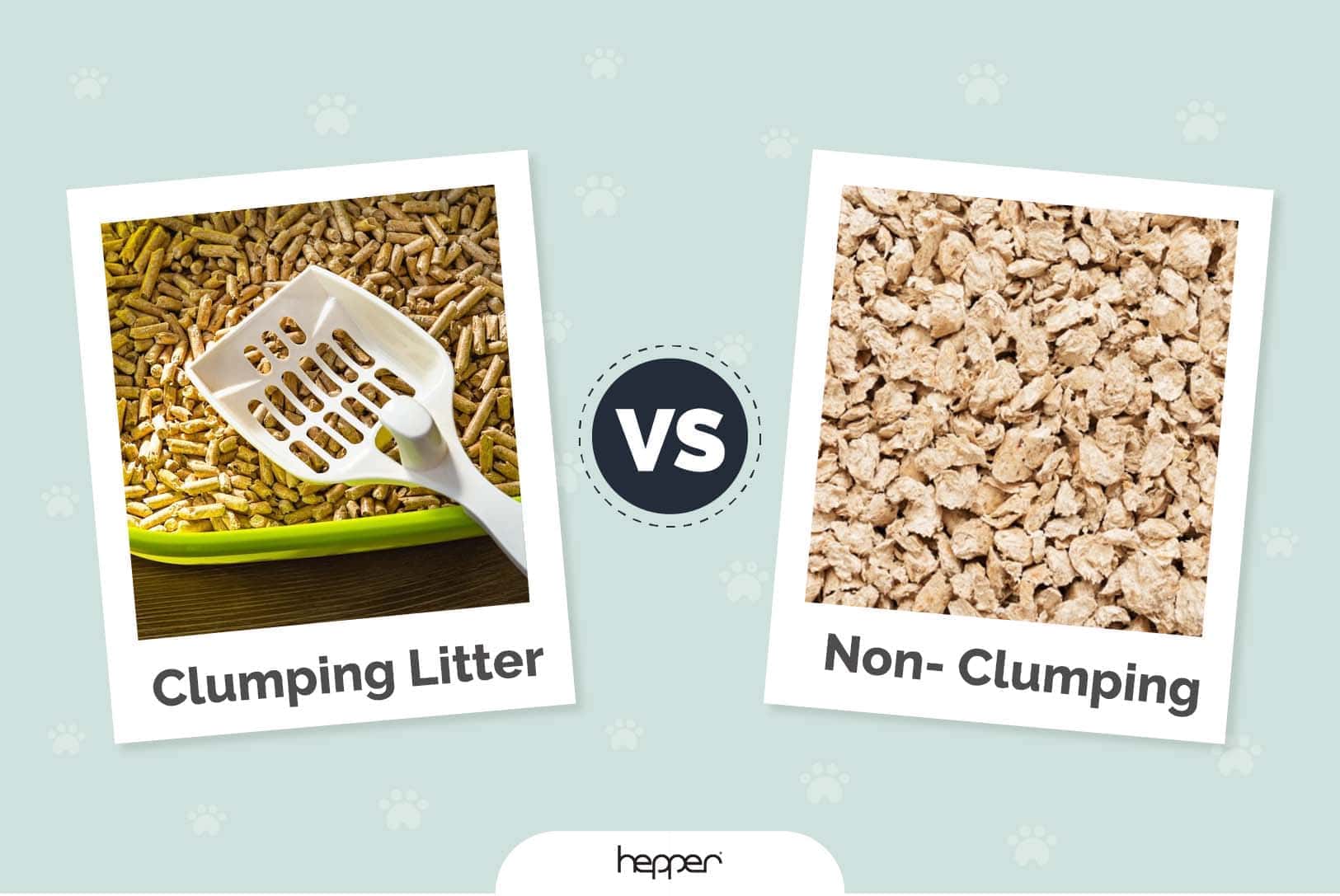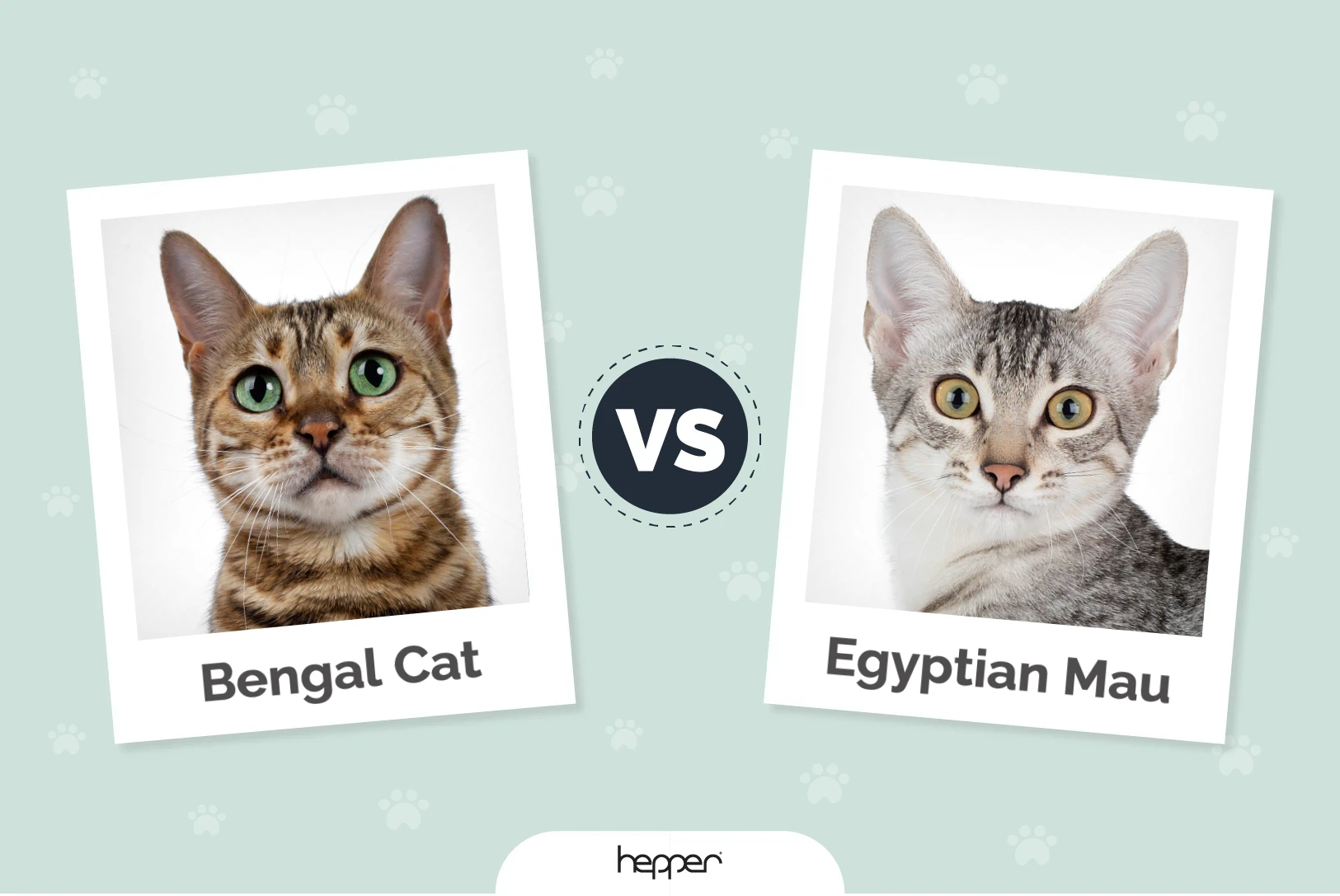Are Dracaena Toxic to Cats? Keeping Your Cat Safe
Updated on
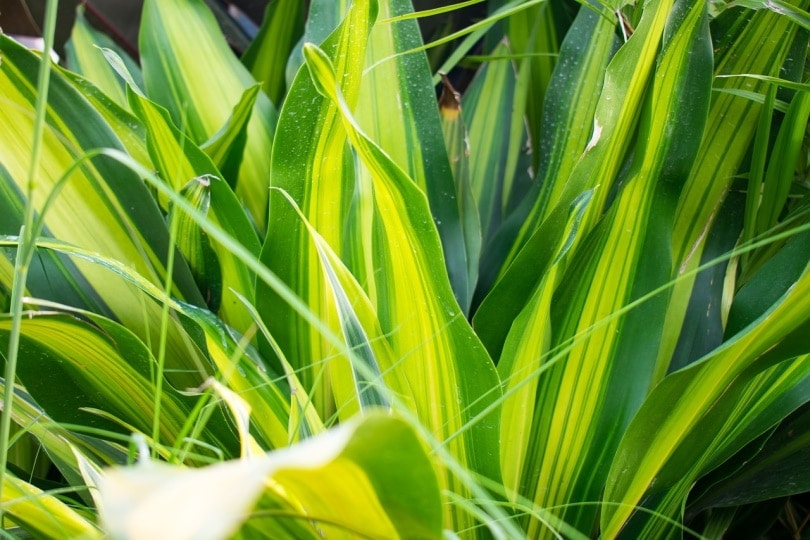
Are you thinking of adding new plants to your home and are worried about the safety of your cat? Or perhaps you already have plants and are bringing a new cat into your family. Either way, you are concerned about your cat’s health and safety, particularly around the dracaena plant. Are dracaena plants toxic to cats?
Unfortunately, yes, the dracaena plant is definitely toxic to cats. It contains saponins, which can make cats (and dogs) quite ill, so your pets should be kept away from the dracaena.
Here, we look at the dracaena in more detail and what actually happens when your cat does ingest this plant. We also discuss what steps you should take to ensure the safety of your cat around the dracaena.
A Little About the Dracaena Plant
Dracaenas species are popular houseplants that are also known as the corn plant, ribbon plant, cornstalk plant, and dragon tree. Most of these names are also different varieties of the dracaena plant. Popular kinds include:
- Corn plant (Dracaena fragrans)
- Madagascar dragon tree, Red-margined dracaena (Dracaena marginata)
- Lucky bamboo (Dracaena sanderiana)
- Florida beauty or Gold dust Dracaena (Dracaena surculosa)
- Striped Dracaena, Warneckei, Janet craig plant (Dracaena deremensis)
- Malaysian Dracaena, Song of India, Pleomele (Dracaena reflexa)
The dracaena actually gets its name from the Ancient Greek word δράκαινα, or drakaina, which translates roughly to “female dragon.” These are tropical plants from Central America, Africa, southern Asia, and northern Australia that are easy to take care of.
They grow from 1 foot and up to 20 feet in height and come in blue/green, chartreuse/gold, purple/burgundy, and gray/silver foliage.
The Healthy Dracaena Plant
Dracaenas are proven to be healthy for humans to have around. NASA conducted a clean air study on various plants that could help reduce indoor air pollution. Dracaena can help reduce the concentration of formaldehyde present in many household cleaning products, which means reducing the irritation of the mucous membranes of the nose, eyes, throat, and respiratory system.
Studies have shown that dracaenas can improve your concentration and focus. They can also regulate humidity in the house by releasing moisture. Also, they are beautiful, low-maintenance houseplants, so it’s easy to see why dracaenas are so popular, but what makes them toxic to cats?
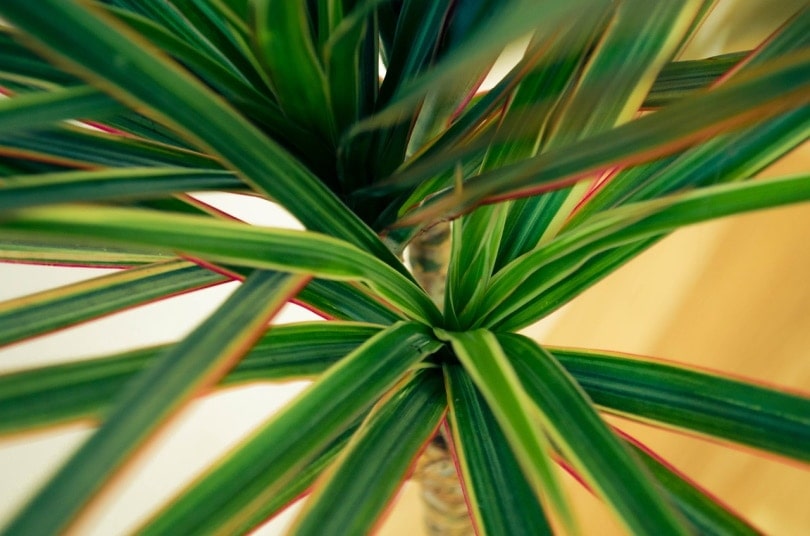
Why Is the Dracaena Toxic to Cats?
The ASPCA lists the dracaena as a toxic plant for both cats and dogs because it contains saponins. Saponins got their name from soapwort plants (Saponaria) and can be found in several different plants, such as soybeans, alfalfa, and quinoa.
Saponins are beneficial for the plant because they act as natural insecticides and fungicides. They aren’t as harmful if a low dose is ingested, but if eaten in higher amounts, they can prove toxic. Saponins can be found in every part of the dracaena: the roots, leaves, stems, and bark.
What Are the Signs of Dracaena Plant Poisoning?
Here are signs that your cat can exhibit if a toxic plant, primarily the dracaena, is eaten:
- Vomiting (sometimes with blood)
- Loss of appetite
- Depression
- Drooling
- Diarrhea
- Increased heart rate
- Incoordination
- Dilated pupils
- Weakness
Depending on how much your cat ate, the symptoms can be mild or severe, but if your cat has eaten a plant and is showing any of these signs or behaviors, contact your vet immediately.
What Should You Do?
First, you’ll need to confirm what has made your cat sick. Eating dracaena isn’t usually fatal, but you’ll want to check the plant to see if your cat did actually eat part of it (if you didn’t see your cat nibbling on it yourself). You can also examine your cat’s mouth for any sign of plant matter caught in their gums and teeth.
When you take your cat to the emergency clinic or vet, bring the plant with you or a picture of the plant if you’re not sure what kind of plant it is.
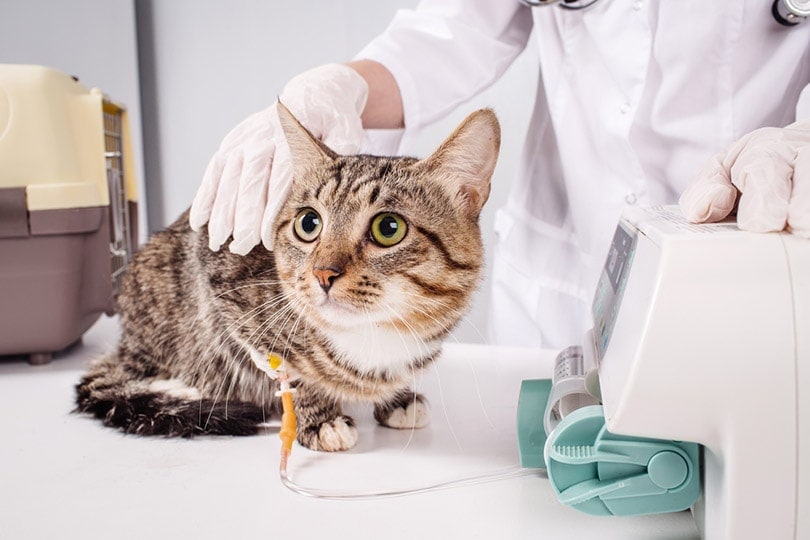
What Kind of Treatment Will Your Cat Receive?
Your vet will advise you on the treatment plan for your cat. If your cat has only suffered from mild poisoning, the symptoms will usually clear up on their own within 12 to 24 hours.
Your vet might need to treat the symptoms depending on a few factors. If your cat experiences digestive upset or loses a significant amount of fluids through vomiting and diarrhea, your vet might provide intravenous medication and fluids to help your cat recover.
If your cat ate a large amount of the dracaena, your vet might need to pump their stomach (gastric lavage) or will induce vomiting to help remove any of the plants from their body. Activated charcoal might also be administered to help absorb the excess toxins.
If your cat ate a large amount of the dracaena, your vet might need to pump their stomach or induce vomiting to help remove any of the plants from their body. Activated charcoal might also be administered to help absorb the excess toxins.
How Do You Help Your Cat Recover?
Once you are back home from visiting your vet, the most important thing is to give your cat time and space to recover. Ensure that their environment is quiet and as stress-free as possible. Keep other pets or children away from your cat, particularly while they’re asleep. Be sure to give your kitty love and cuddles when they come looking for your attention!
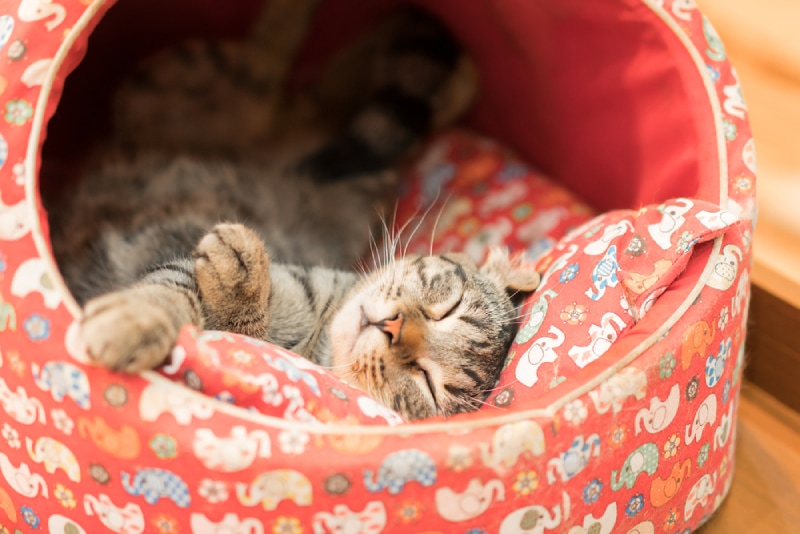
How Do You Avoid Dracaena Plant Poisoning?
Of course, the safest thing for you to do is to get rid of your dracaena and any other plants that are known to be toxic to cats.
Otherwise, if you have a room that can be or is already off-limits to your cat, you could place it in there so your kitty can’t access it easily. You can try to hang it up in a location that your cat can’t reach. Just be sure there are no surfaces that your cat can launch from. We know how ninja-like they are!
Also, keep on top of the maintenance of your dracaena by removing dead or dying leaves so they don’t drop to the ground for your cat to find.
Conclusion
If you decide to get rid of your toxic plants, you can replace them with ones that are safe for cats. The ASPCA has a list of non-toxic and toxic plants that you can check for future reference. Examples of safe plants include:
- Banana Tree
- Spider plant (Chlorophytum comosum)
- Boston Fern (Nephrolepis exalta bostoniensis)
- Baby tears (Soleirolia soleirolii)
- Butterfly palm (Dypsis lutescens)
- Zebra plant (Haworthia species)
- Peperomia species
There are more than these that you can consider. You still don’t want your cat snacking on these plants, but they are safer than dracaenas. It’s quite possible that your cat won’t want to chew on your dracaena after the first time they try. It will make them sick, and we know that our cats are (usually) smart enough to figure this out, and they also don’t taste that good.
Although it may seem like your cat and your dracaena could coexist peacefully, you might also have better peace of mind if you only fill your house with cat-safe plants.
Related Reads:
- Is Dieffenbachia Toxic to Cats? Keeping Your Cat Safe
- Is Fittonia Toxic to Cats? Keeping Your Cat Safe
Featured Image Credit: lin2015, Pixabay



